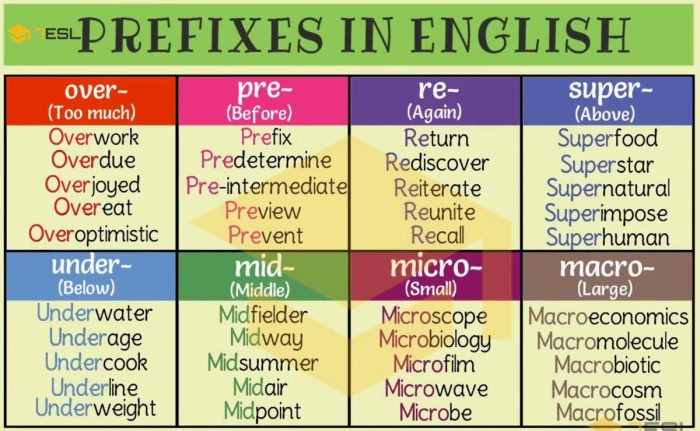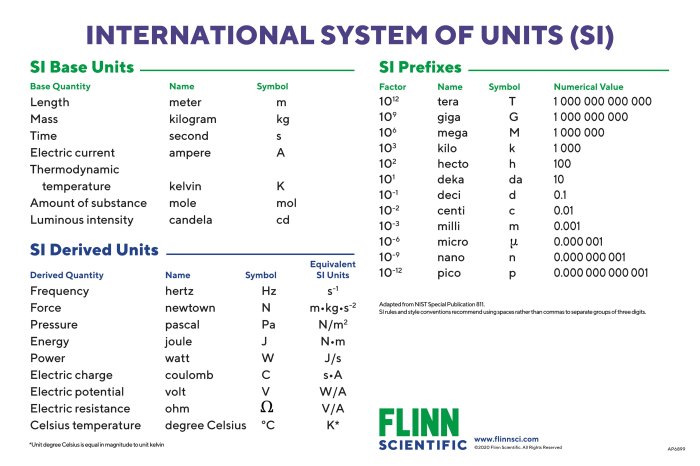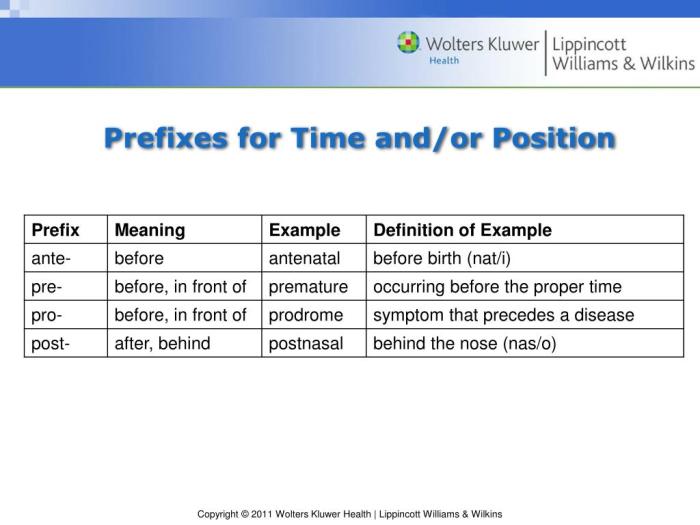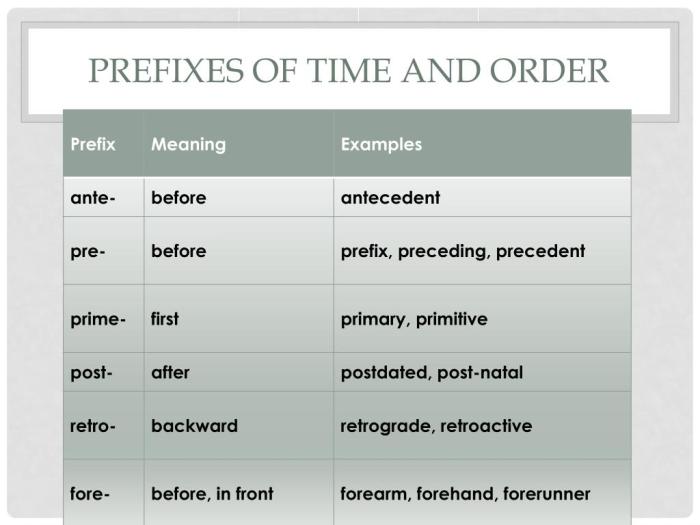Prefix with time or logue – Embark on an enlightening journey into the realm of prefixes with time or logue. These linguistic marvels hold the power to transport us through the annals of time and across cultural boundaries, revealing hidden meanings and unlocking new perspectives.
From their grammatical intricacies to their diverse applications in literature and beyond, we delve into the fascinating world of these linguistic tools, unraveling their secrets and showcasing their transformative potential.
Definition and Usage

Prefixes with time or logue are a type of word element that is added to the beginning of a word to change its meaning. Prefixes with time typically indicate when something happened or will happen, while prefixes with logue typically indicate a type of speech or writing.
Here are some examples of prefixes with time:
- pre-: before
- post-: after
- ante-: before
- anti-: before
- neo-: new
Here are some examples of prefixes with logue:
- mono-: one
- dia-: two
- tri-: three
- poly-: many
- -logue: speech
The grammatical rules and conventions associated with the usage of prefixes with time or logue are relatively straightforward. Prefixes with time are typically used with verbs, while prefixes with logue are typically used with nouns. For example, the prefix “pre-” can be used with the verb “heat” to create the word “preheat”, which means to heat something before another action is performed.
The prefix “mono-” can be used with the noun “logue” to create the word “monologue”, which means a speech by one person.
Types of Prefixes
Prefixes that can be used with time or logue can be classified into several types, each with its own meaning and function. These prefixes can be attached to the beginning of words to modify their meaning.
The different types of prefixes used with time or logue include:
Prefixes Indicating Time, Prefix with time or logue
- Ante-: before (e.g., antebellum, antedate)
- Post-: after (e.g., post-war, post-modern)
- Pre-: before (e.g., pre-school, pre-empt)
- Pro-: forward, in favor of (e.g., pro-life, pro-active)
- Retro-: backward, in the past (e.g., retro-style, retro-active)
Prefixes Indicating Speech or Writing
- Mono-: single, one (e.g., monologue, monolith)
- Dia-: through, across (e.g., dialogue, diagonal)
- Poly-: many (e.g., polytheism, polygon)
- Epi-: upon, over (e.g., epilogue, epitaph)
- Hypo-: under, below (e.g., hypothermia, hypothesis)
Historical Development

The usage of prefixes with time or logue has undergone significant evolution throughout history. Initially, these prefixes were primarily employed in scientific and technical contexts to denote specific time intervals or measurement units. However, over time, their usage expanded into various domains, including literature, philosophy, and everyday speech.
Prefixes can indicate time or speech, like “ante-” meaning “before” or “-logue” meaning “speech.” To prepare for your medical exams, check out the nbme 12 answers step 2 for guidance on prefixes and other exam topics.
Notable Trends and Shifts
One notable trend in the historical development of these prefixes is the gradual shift from their original scientific and technical usage towards a more general and colloquial application. For instance, the prefix “chrono-” was initially used solely in scientific contexts to denote time measurement, but it has since been adopted in everyday language to describe anything related to time, such as “chronology” or “chronometer.”
Similarly, the prefix “logue-” has transitioned from its scientific roots in denoting measurement units to a broader usage in describing discourse or communication, as seen in terms like “dialogue” and “monologue.”
Another notable trend is the emergence of new prefixes with time or logue in response to advancements in technology and scientific understanding. For example, the prefix “nano-” was introduced in the 20th century to denote extremely small units of measurement, reflecting the growing importance of nanotechnology and precision engineering.
Likewise, the prefix “bio-” has gained prominence in recent decades to describe biological processes and organisms, mirroring the rapid advancements in the field of biotechnology.
Cultural and Linguistic Variations

The use of prefixes with time or logue exhibits considerable diversity across languages and cultures. These variations reflect the unique linguistic and cultural perspectives of different societies.
Variations in Time Prefixes
- English:English uses prefixes such as “pre-” (before), “post-” (after), and “inter-” (between) to indicate temporal relationships.
- Mandarin Chinese:Mandarin Chinese employs a different set of prefixes, including “qian-” (before) and “hou-” (after), to express time.
- Japanese:Japanese has a complex system of temporal prefixes, including “mae-” (before), “ato-” (after), and “chuu-” (during).
Variations in Logue Prefixes
- Greek:Greek uses prefixes like “logo-” (word, speech) and “logia-” (study of) to form nouns related to language and knowledge.
- Latin:Latin employs prefixes such as “loqui-” (to speak) and “loquium-” (speech) to create words associated with communication.
- Sanskrit:Sanskrit has a wide range of logue prefixes, including “vada-” (speech) and “vaada-” (argument), to express concepts related to language and discourse.
Stylistic and Literary Applications

Prefixes with time or logue offer a range of stylistic and literary possibilities. They can enhance writing by adding depth, nuance, and evocative imagery.
Enhancing Writing
Prefixes can convey temporal relationships, such as “pre-” (before) and “post-” (after). These prefixes allow writers to create a sense of time and progression, or to contrast different periods.
Logue prefixes, such as “mono-” (one) and “poly-” (many), can be used to emphasize quantity or contrast. They can also add a touch of whimsy or humor to writing.
Creating Specific Effects
Prefixes can create specific effects in writing, such as:
- Emphasis:Prefixes like “hyper-” (excessive) and “hypo-” (deficient) can emphasize certain qualities or characteristics.
- Contrast:Prefixes like “anti-” (against) and “pro-” (for) can be used to contrast opposing ideas or perspectives.
- Figurative Language:Prefixes can be used to create metaphors and other figures of speech. For example, “meta-” (beyond) can suggest a transformation or transcendence.
Examples from Literature
- “The Pre-Raphaelite Brotherhood”by William Holman Hunt: The prefix “pre-” refers to the group’s admiration for pre-Renaissance art.
- “The Post-Modern Condition”by Jean-François Lyotard: The prefix “post-” suggests a break from the modernist era.
- “Monologue”by Samuel Beckett: The prefix “mono-” indicates a speech by a single character.
- “Polyphonic Prose”by Mikhail Bakhtin: The prefix “poly-” refers to the multiple voices and perspectives present in the work.
Q&A: Prefix With Time Or Logue
What is the difference between a prefix with time and a prefix with logue?
Prefixes with time typically indicate a temporal relationship, such as “pre-” (before) or “post-” (after). Prefixes with logue, on the other hand, often relate to speech or writing, such as “mono-” (single) or “poly-” (many).
Can prefixes with time or logue be used together?
Yes, prefixes with time and logue can be combined to create more complex meanings. For example, the prefix “pre-” (before) combined with the prefix “mono-” (single) forms the word “premonitory,” meaning “warning of something that will happen in the future.”
